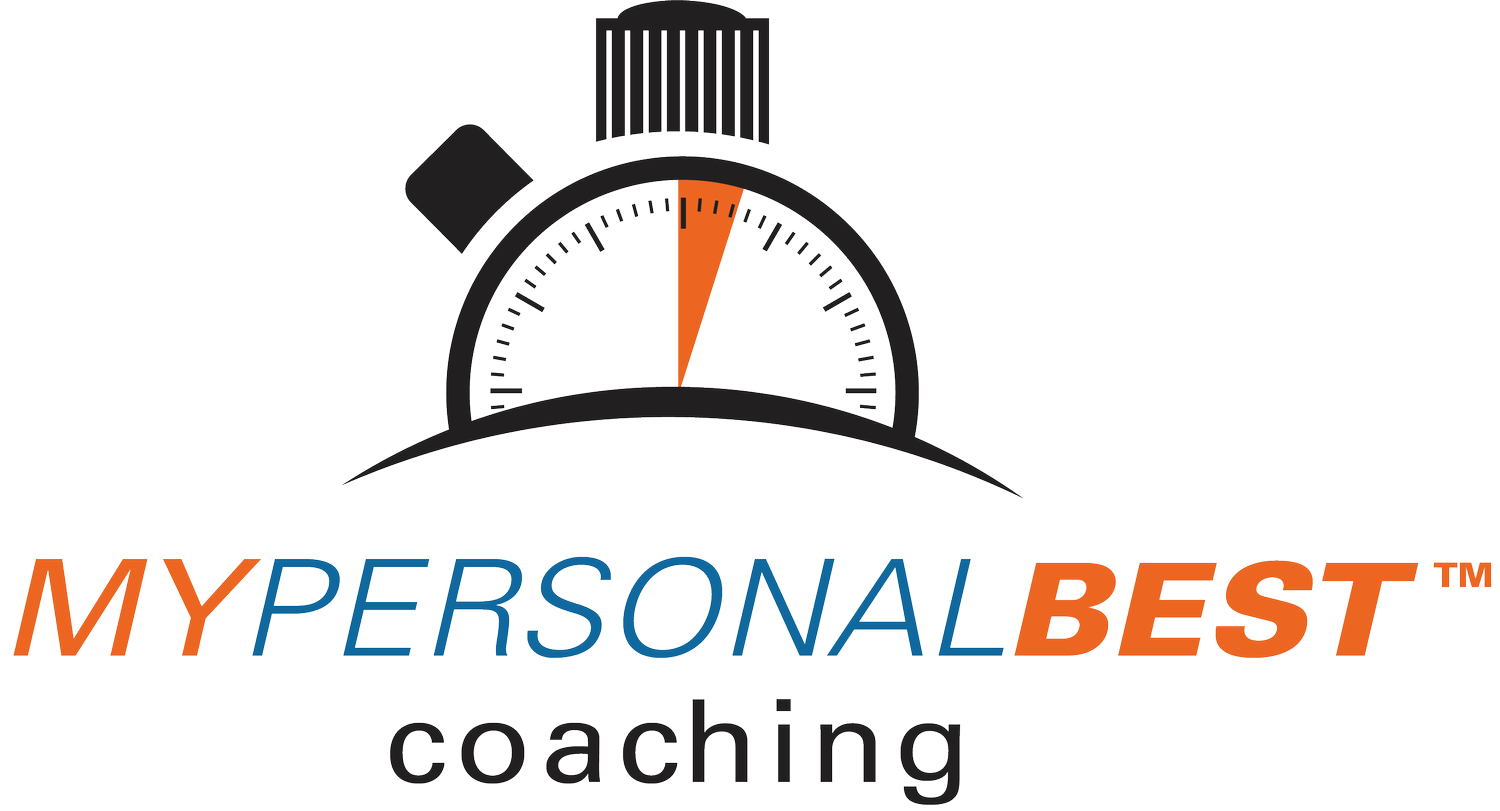Navigating Setbacks: A Guide for Student Athletes and Their Parents
Every journey toward greatness is punctuated with setbacks. For student-athletes and their parents, these setbacks can be disheartening, but they also offer powerful opportunities for growth and learning. This post will explore strategies to overcome these challenges, turning obstacles into stepping stones for success.
Understanding Setbacks in Sports
Setbacks in sports can range from injuries and performance slumps to being benched or losing an important game. Both athletes and parents must understand that these are not just normal, but an integral part of the athletic journey.
For Athletes: Embracing the Challenge
Acknowledge Your Feelings: Feeling disappointed or frustrated is okay. Acknowledge these feelings, but don’t let them define your future actions.
Analyze and Learn: Reflect on what led to the setback. Was it something within your control, like training intensity or external factors? Understanding this can guide your next steps.
Set Small, Achievable Goals: Break down your comeback into small, manageable goals. This helps in maintaining focus and tracking progress.
Stay Physically and Mentally Engaged: Keep up with physical conditioning and mental training. Mindfulness practices and visualization techniques can be particularly effective.
Seek Support: Talk to your coach, teammates, or a sports psychologist. They can provide valuable perspectives and coping strategies.
For Parents: The Pillars of Support
Offer Emotional Support: Listen to your child’s concerns without judgment. Your role is to be a steady source of encouragement.
Promote a Growth Mindset: Help them see setbacks as opportunities to learn and grow, not as a reflection of their capabilities.
Encourage Balance: Ensure that sports aren’t the sole focus of their life. Encourage hobbies and activities outside of sports to maintain a healthy balance.
Be a Role Model: Demonstrate resilience in your own life. How you handle your setbacks can significantly influence how your child deals with theirs.
Actionable Item: The Setback Journal
Encourage your child to maintain a “Setback Journal.” In this journal, they should document:
• The setback and their initial feelings about it.
• What they learned from the experience.
• Small goals set for overcoming the setback.
• Progress updates and reflections.
This practice encourages reflection and a growth mindset and provides a tangible way to track personal development over time.
Setbacks are not just hurdles to overcome but integral to growth and self-discovery. By embracing these challenges, student-athletes and their parents can foster resilience, develop a deeper understanding of their sport, and strengthen their bond. Remember, every setback is a setup for a comeback. Embrace the journey, and let every challenge make you stronger.
A Journal Framework
Another tool you can implement is the R.E.S.E.T Model, a conceptual framework designed to help individuals navigate and overcome challenges, setbacks, or changes in their personal or professional lives. This strategy can be particularly effective for individuals like student-athletes or anyone facing significant transitions or obstacles. The acronym R.E.S.E.T stands for:
Recognize: The first step involves recognizing and acknowledging your situation or problem. This is about being honest about what has happened, understanding its impact on you and others, and accepting that it may require a change or response.
Evaluate: After recognizing the issue, evaluate your options and resources. This involves assessing the situation, understanding your strengths and weaknesses, and considering the various paths you can take to address the issue. It’s essential to be both realistic and optimistic during this phase.
Strategize: Based on your evaluation, develop a strategy or plan of action. This step involves setting achievable goals and outlining the steps needed to reach them. The strategy should be practical and should consider both short-term and long-term outcomes.
Execute: Put your plan into action. This step requires discipline, perseverance, and adaptability. Execution is not always a straight path; it often needs adjusting based on new information or changing circumstances.
Test: After executing your plan, testing and reviewing the results is crucial. This involves reflecting on what worked, what didn’t, and why. Testing and reviewing allow for continuous learning and improvement, which may lead you back through the RESET cycle to refine your approach further.
This model can be a powerful tool in various contexts, including sports coaching, personal development, business management, and education. It encourages a proactive and structured approach to problem-solving and personal growth.

